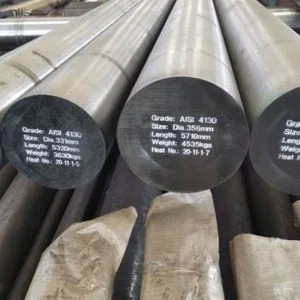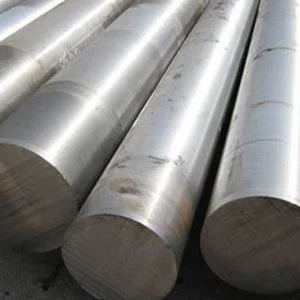Introduction

Carbon steel alloys are fundamental materials in industrial applications due to their strength and versatility. Understanding their properties and variations is crucial for optimizing their use in various industries.
Properties of Carbon Steel Alloys
Carbon steel alloys derive their strength from varying carbon content and other alloying elements such as manganese, silicon, and sometimes nickel and chromium. The carbon content typically ranges from 0.05% to 1.5%, influencing hardness and toughness.
Carbon Content and Alloy Strength
The relationship between carbon content and alloy strength is pivotal in determining the material’s mechanical properties. Higher carbon content generally results in increased hardness but reduced ductility, impacting suitability for different applications.
Alloying Elements: Manganese and Silicon
Manganese and silicon are common alloying elements in carbon steel. Manganese enhances hardenability and tensile strength, while silicon contributes to strength and improves resistance to oxidation.
Types of Carbon Steel Alloys
Carbon steel alloys are classified based on carbon content and alloy composition:
Low Carbon Steel
Containing up to 0.30% carbon, low carbon steels are versatile, offering good weldability and formability. They find use in construction, automotive, and machinery.
Medium Carbon Steel
With carbon content ranging from 0.30% to 0.60%, medium carbon steels strike a balance between strength and ductility. They are used in gears, shafts, and structural components.
High Carbon Steel
High carbon steels (0.60% to 1.5% carbon) are exceptionally hard and are employed where high strength and hardness are critical, such as cutting tools and blades.
Applications of Carbon Steel Alloys
The versatility of carbon steel alloys enables their application in various industries:
Automotive Industry
Carbon steel is widely used in automobile components like chassis, gears, and engine parts due to its strength and formability.
Construction Sector
Structural beams, reinforcing bars, and pipelines benefit from carbon steel’s strength and durability in construction projects.
Machinery and Equipment
From industrial machinery to agricultural equipment, carbon steel alloys provide the necessary strength and reliability for demanding applications.
Mechanical Properties and Testing
Understanding the mechanical properties of carbon steel alloys involves testing methods such as tensile testing, hardness testing, and impact testing. These tests ensure compliance with performance standards and suitability for specific applications.
Tensile Strength and Yield Strength
Tensile strength measures the maximum stress a material can withstand while being stretched or pulled. Yield strength indicates the stress at which a material begins to deform permanently.
Hardness and Toughness
Hardness measures a material’s resistance to surface indentation or abrasion, while toughness gauges its ability to absorb energy before fracturing.
Environmental Considerations
Carbon steel alloys are susceptible to corrosion in certain environments. Protective coatings, alloy modifications, and proper maintenance mitigate corrosion risks, enhancing longevity in service.
Comparison of Carbon Steel Alloys

| Alloy Type | Carbon Content (%) | Key Properties | Typical Applications |
|---|---|---|---|
| Low Carbon Steel | Up to 0.30 | Good weldability, formability | Construction, automotive |
| Medium Carbon Steel | 0.30 – 0.60 | Balance of strength and ductility | Gears, shafts, structural components |
| High Carbon Steel | 0.60 – 1.5 | High hardness, wear resistance | Cutting tools, blades |
Conclusion
Carbon steel alloys remain indispensable in industrial applications due to their strength, durability, and cost-effectiveness. Understanding their composition, properties, and appropriate applications ensures optimal performance and longevity in various sectors.
FAQ
Q: What are the main alloying elements in carbon steel?
A: Carbon steel alloys typically contain carbon, manganese, silicon, and sometimes additional elements like nickel and chromium.
Q: How does carbon content affect the properties of steel?
A: Higher carbon content increases hardness but decreases ductility, affecting suitability for different applications.
Q: What are some common applications of high carbon steel?
A: High carbon steel is often used in cutting tools, knives, and industrial blades due to its exceptional hardness and wear resistance.
This blog provides a comprehensive overview of carbon steel alloys, highlighting their strengths and applications across various industries. Understanding these materials is essential for optimizing their use in engineering and manufacturing processes.
